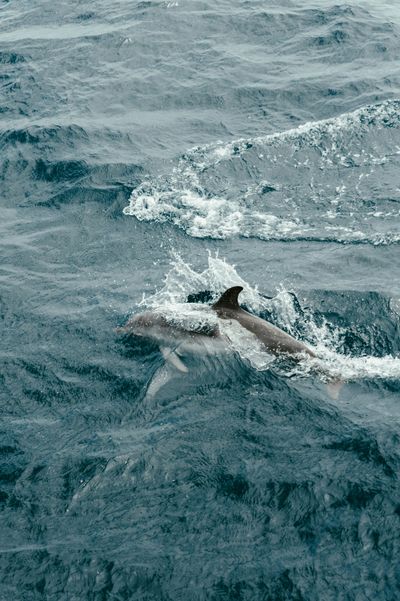
News
What to do with the Fisheries Act
Friday 01 August, 2025
What to do with the Fisheries Act
Cameras on boats, catch limits and our response
In February 2025, the government proposed several troubling changes to the Fisheries Act that would roll back protections for wildlife while creating loopholes for industry. The proposed changes included: giving the Minister authority to set long-term catch limits without scientific rigor or public consultation; removing regulation measures that prevent overfishing; creating exceptions for the roll out of cameras on vessels; and removing public accountability and access to footage from vessels.
The initial rollout of cameras on inshore vessels commenced in October 2023. The picture is clear: camera footage shows hoiho and other protected species such as albatross and dolphins are regularly killed as bycatch. Since cameras have been installed, the data shows a 1.5-fold increase in bycatch of hoiho compared to the previous three years. Records show that only one fisher self-reported a hoiho death in the last twenty years.
The government has proposed weakening camera regulations by reducing public access to camera footage and allowing vessels to turn their cameras off when at anchor, drifting or powered down. The proposal also sought to reduce the number of vessels required to have cameras, excluding vessels greater than 32 metres and less than eight metres in length. The exclusions would make no sense: butterfish setnet vessels can be less than eight metres long and are known to have catch hoihio and other protected penguin species. Accurate data is critical to protecting marine life; camera footage must remain available to the public under the Official Information Act, and cameras must be rolled out across the entire commercial fishing fleet.
In our submission, in addition to cameras on all commercial boats, we called on the government to ensure overfished stocks are left to properly recover, to establish scientific rigor in decision making, to remain agile and responsive to a changing environment, and to safeguard public consultation and accountability.
Conditions in the ocean can change significantly from season to season; marine heat waves, el niño-southern oscillation events, disease and marine toxins can all impact marine life. Yet, the government’s proposal would give the Minister authority to set annual catch limits five years in advance without scientific research or public consultation. What’s more, under the proposal, catch entitlements could be shelved for future years, creating avenues for unregulated overfishing. These blanket proposals leave hoiho exposed and unprotected. We need regulations that ensure hoiho have safe passage to forage, particularly when vulnerable chicks fledge to sea, and abundant fish to forage.
In the Fisheries Act, the government has a responsibility to ensure all precautions are taken to mitigate and avoid harm to the marine environment. It also has a responsibility to ensure that future generations have the opportunity to fish and gather from the oceans. The Minister’s directive prioritises short term gain over the long-term health and sustainability of our oceans, our unique wildlife and our people.
In August 2025, Minister for Oceans and Fisheries announced an overhaul of the Fisheries Act allowing greater catch limits and stopping on-board camera footage being made public. The changes are part of a proposed new law that will be introduced later this year for select committee. Our work in this space continues.

